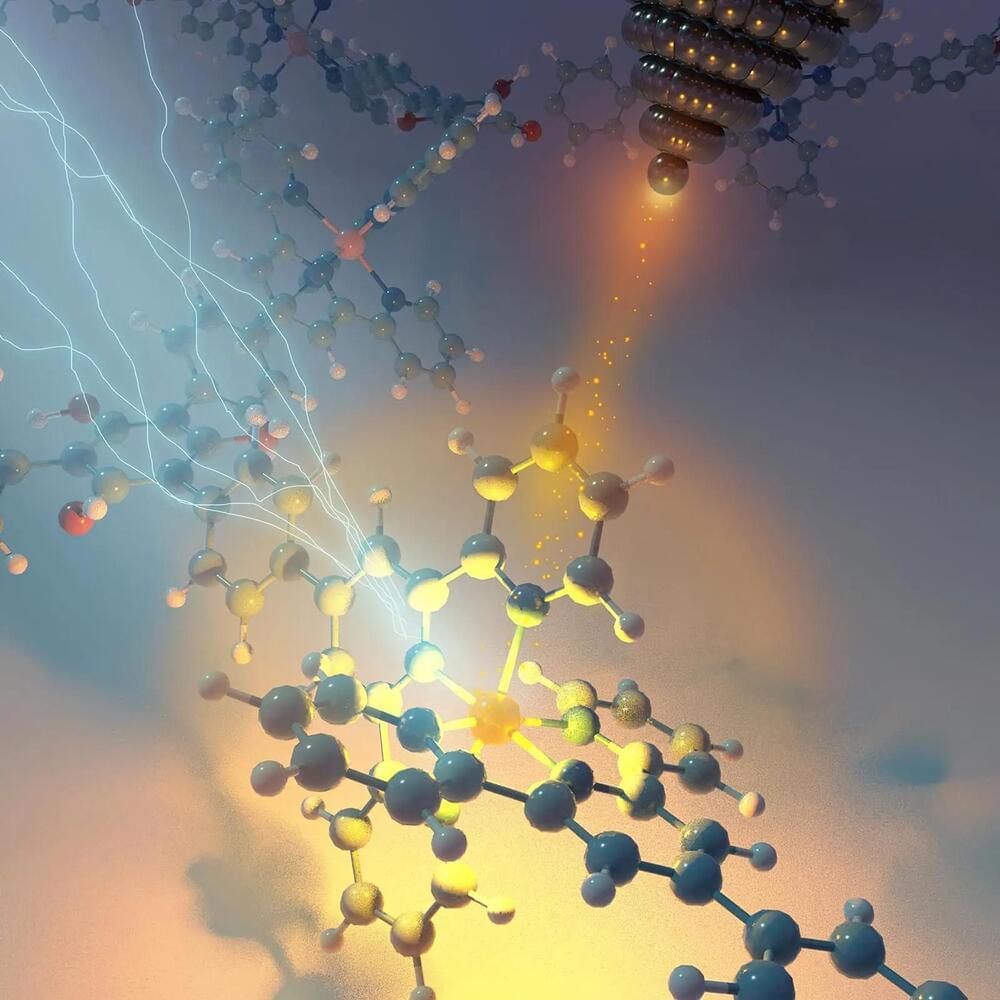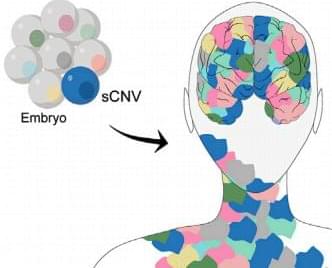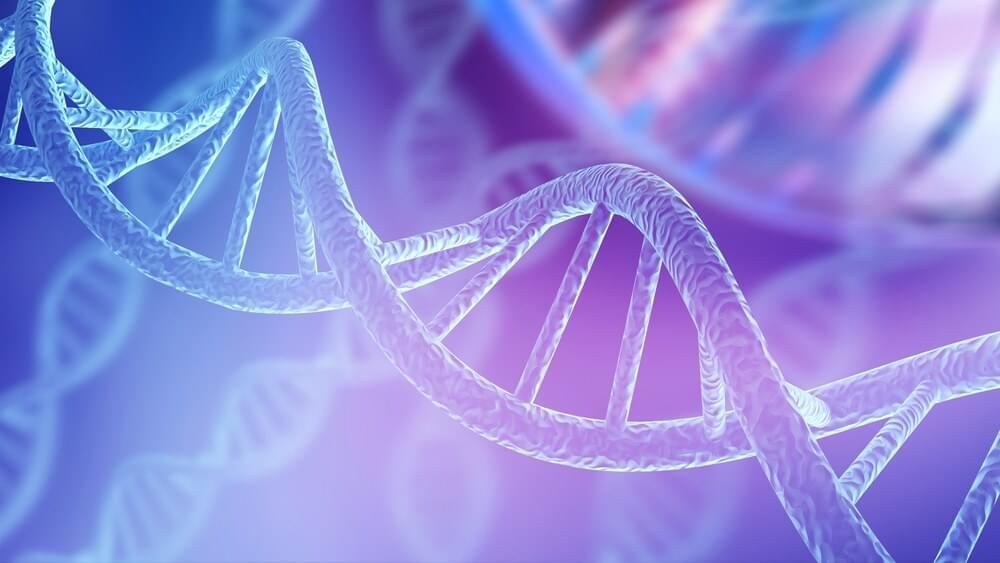OpenAI is forming a new team led by Ilya Sutskever, its chief scientist and one of the company’s co-founders, to develop ways to steer and control “superintelligent” AI systems.
In a blog post published today, Sutskever and Jan Leike, a lead on the alignment team at OpenAI, predict that AI with intelligence exceeding that of humans could arrive within the decade. This AI — assuming it does, indeed, arrive eventually — won’t necessarily be benevolent, necessitating research into ways to control and restrict it, Sutskever and Leike say.
“Currently, we don’t have a solution for steering or controlling a potentially superintelligent AI, and preventing it from going rogue,” they write. “Our current techniques for aligning AI, such as reinforcement learning from human feedback, rely on humans’ ability to supervise AI. But humans won’t be able to reliably supervise AI systems much smarter than us.”







